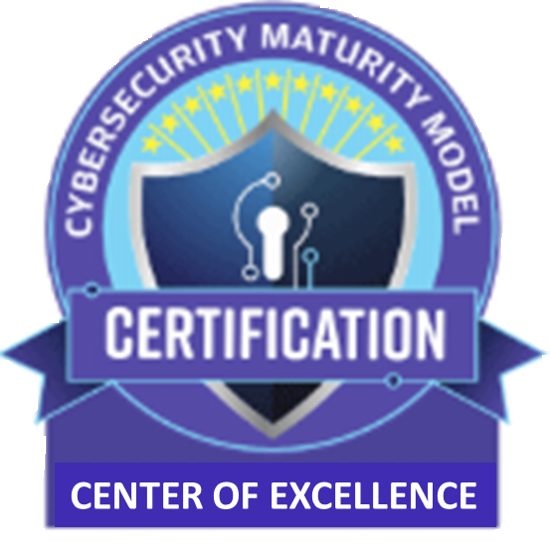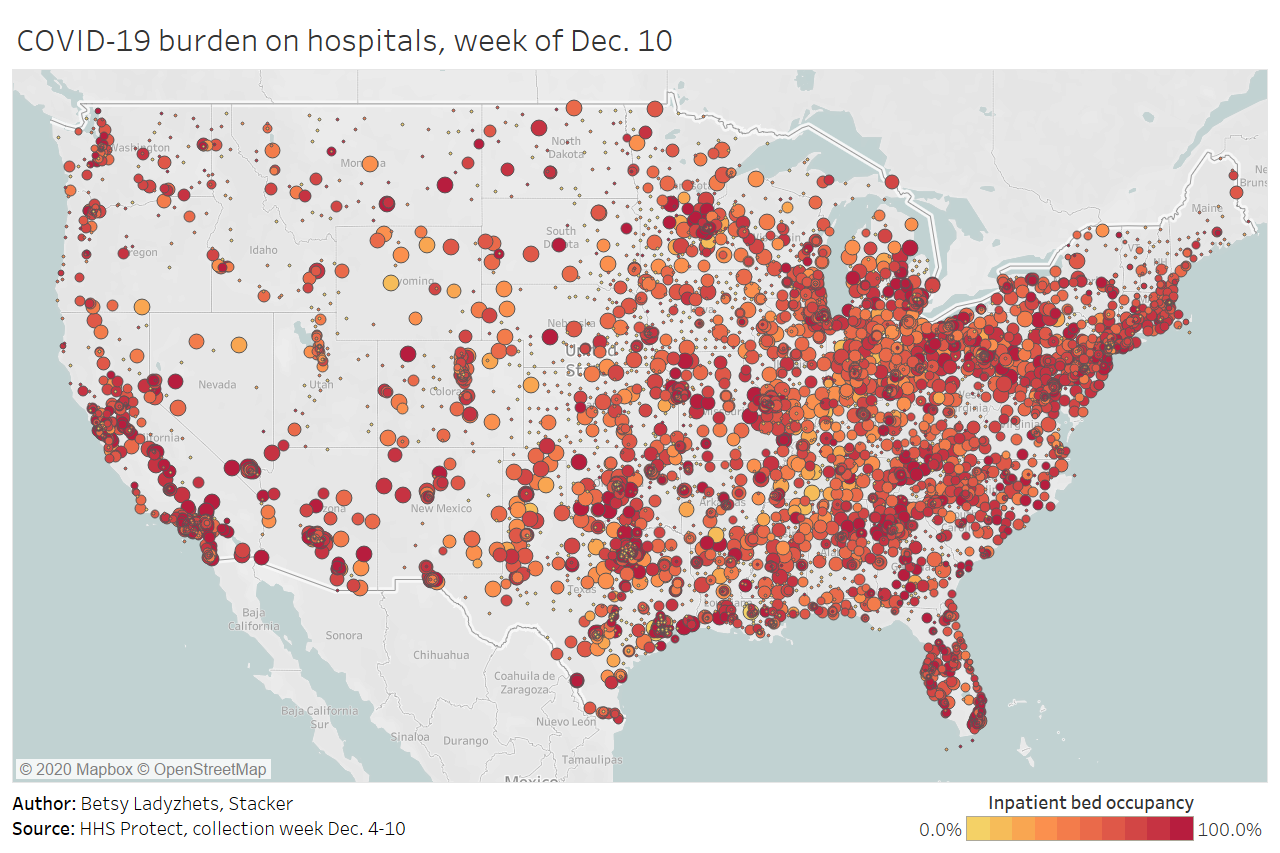 News Release
News ReleaseTaking Control of Health and Wellness in 2021
YourUpdateTV
After a long 2020, we’re all looking forward to a fresh start. While every New Year brings new goals and wishes, 2021 might look a little different. Recently, Wellness and Lifestyle Contributor, Terra Wellington, teamed with YourUpdateTV on a satellite media tour to share her tips to starting the year right. A video accompanying this announcement is available at: https://youtu.be/xKL_rNQYbYM Support Your Immune System One of the top goals people are carrying into the New Year is how to naturally support their immune system every day. For vitamins and supplements, you can look to Natrol. The company has a new Immune Health product line you can check out — there are three new products: Immune-Biotic, which is a delicious, orange-flavored probiotic that comes in quick-dissolve packets that you pour directly onto your tongue Elderberry Gummies — these are great-tasting gummies packed with a blend of elderberry fruit extract, Vitamin C, and Zinc, and Easy-C tablets are high-potency Vitamin C tablets that can be easy on your stomach Be Fiscally Fit In 2021, many are looking to become ‘fiscally fit’ and that means looking for savings. This January, keep an eye out in your mail for the Blue Envelope of Savings from Valpak. Lucky households nationwide will be receiving a $200 no-strings-attached check in the envelopes, along with savings coupons — all to help you stay on budget while also supporting local businesses. And if you scan the QR code on the envelope, you’ll be able to stream the Disney Hits playlist through your choice of streaming services. Go Plant-Based Try to add more plant-based foods into your diet this year. Studies show that when you eat more plants it supports your health by lowering your risk of heart disease, high blood pressure, and diabetes. For example, Coconut Bliss®, which is known for its plant-based ice cream treats, has a new Bliss Maker™ at-home ice cream machine to make your own organic plant-based ice cream. It’s really fun for families, has lots of tasty recipes, and uses its organic plant-based soft-serve ice cream mix. It’s also certified vegan and gluten-free with fair-trade ingredients. You can find the whole bundle at Blissmaker.co for just $119.85. For more information, visit SimpleMomsGuide.com About Terra Wellington: Terra Wellington is a lifestyle media personality and actress who is one of the country’s foremost authorities. She has conducted more than 2,000 television interviews sharing wellness advice and tips. Terra is Editor in Chief at SimpleMomsGuide.com, an inspirational lifestyle site. About YourUpdateTV: YourUpdateTV is a social media video portal for organizations to share their content. It includes separate channels for Health and Wellness, Lifestyle, Media and Entertainment, Money and Finance, Social Responsibility, Sports and Technology. Contact Details YourUpdateTV +1 212-736-2727 yourupdatetv@gmail.com
January 11, 2021 12:00 PM Eastern Standard Time
Video





